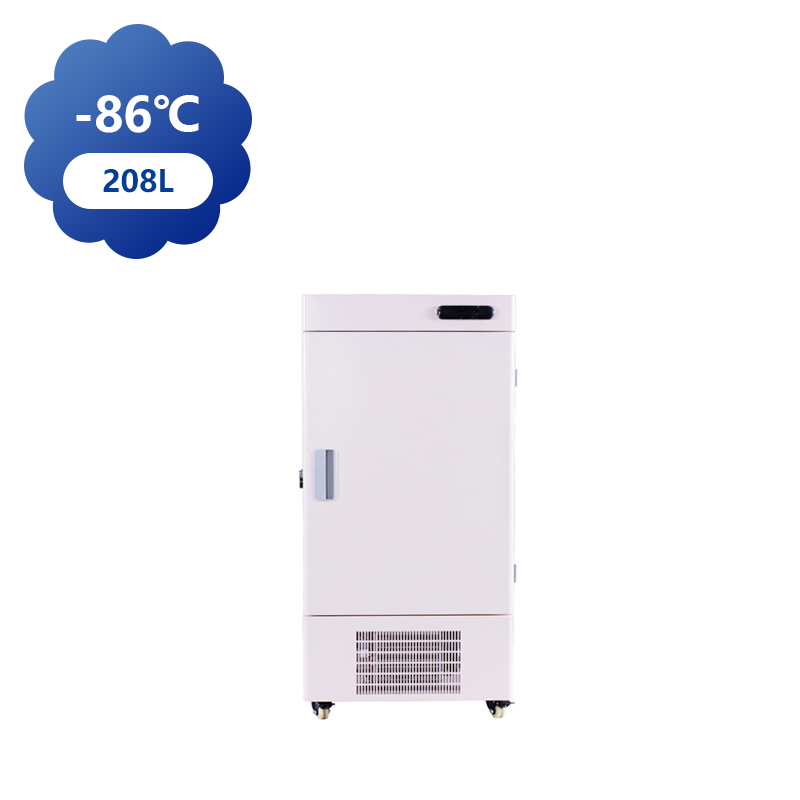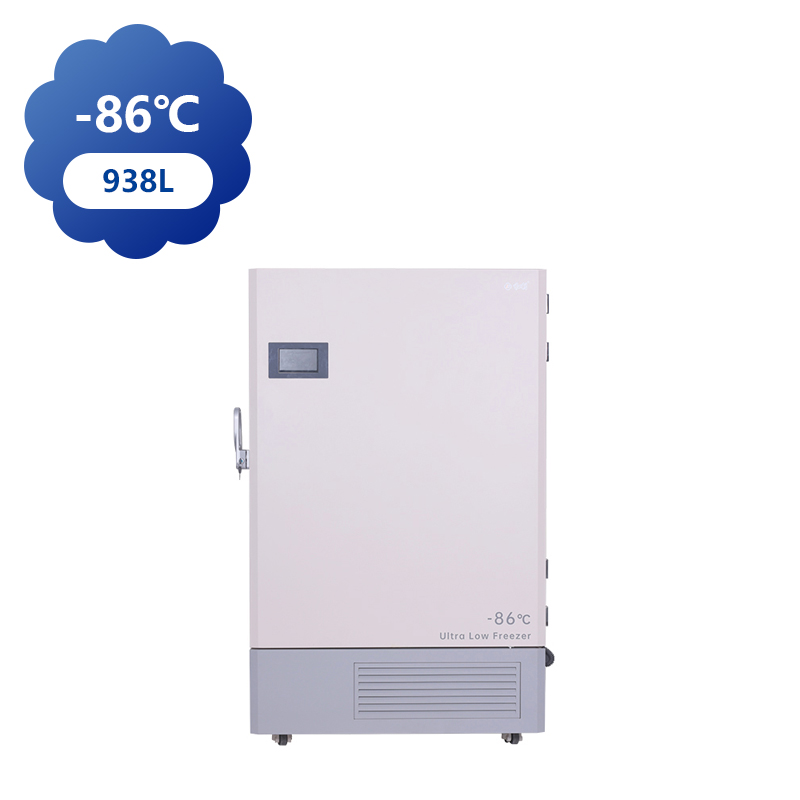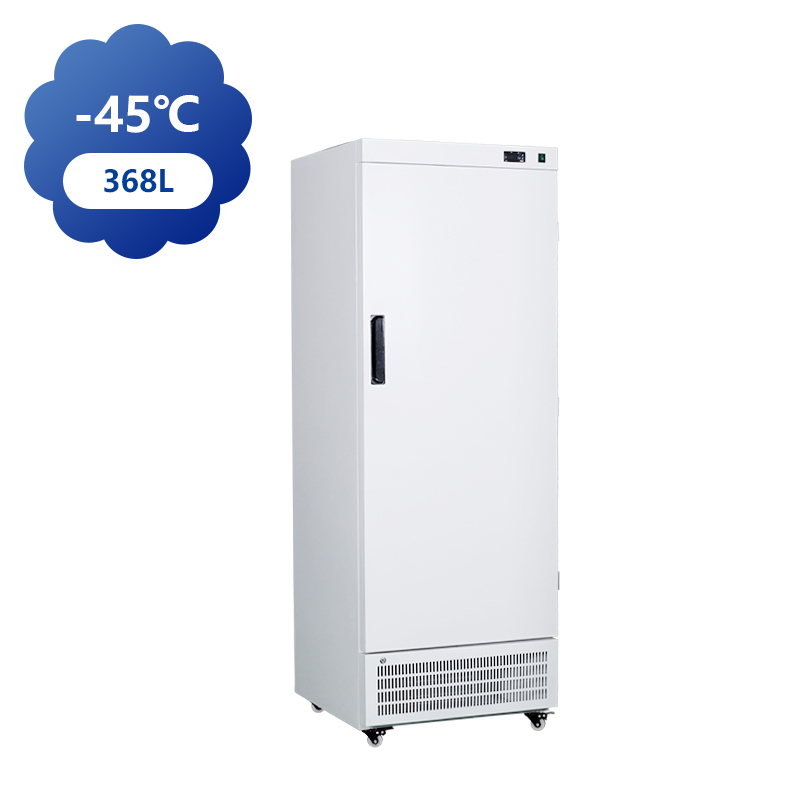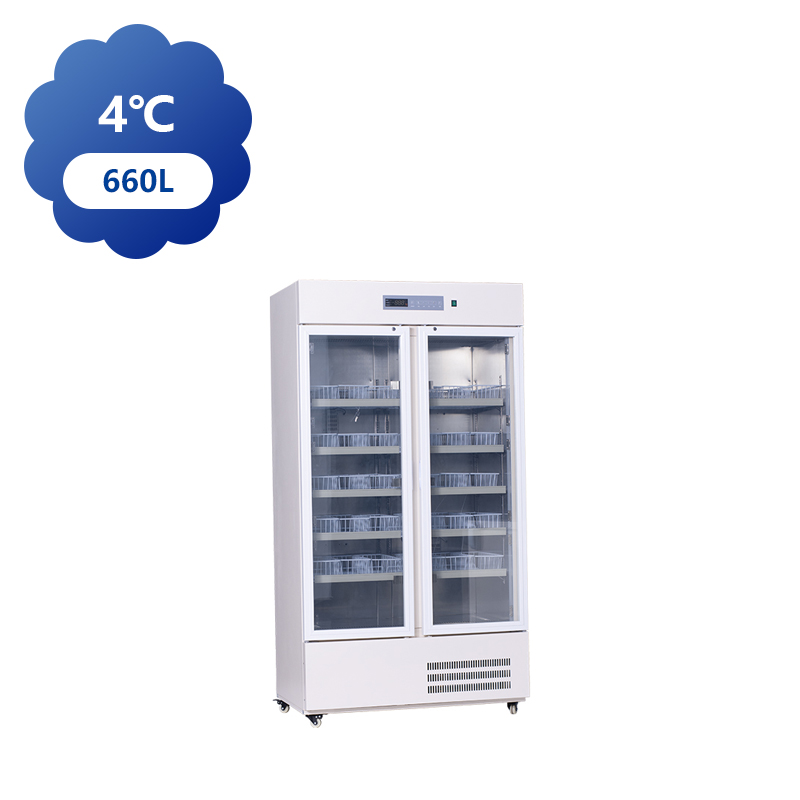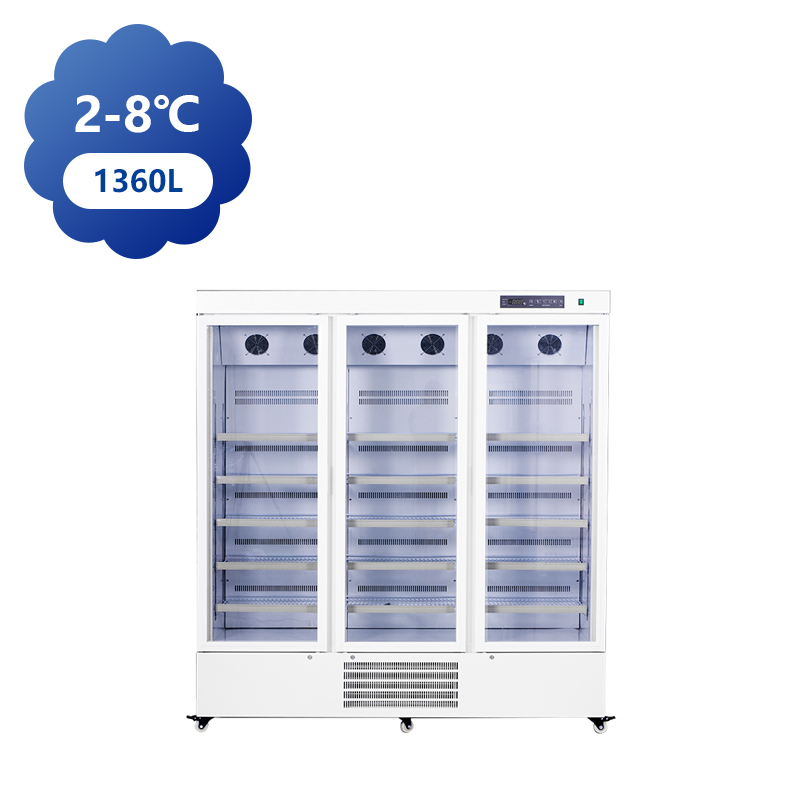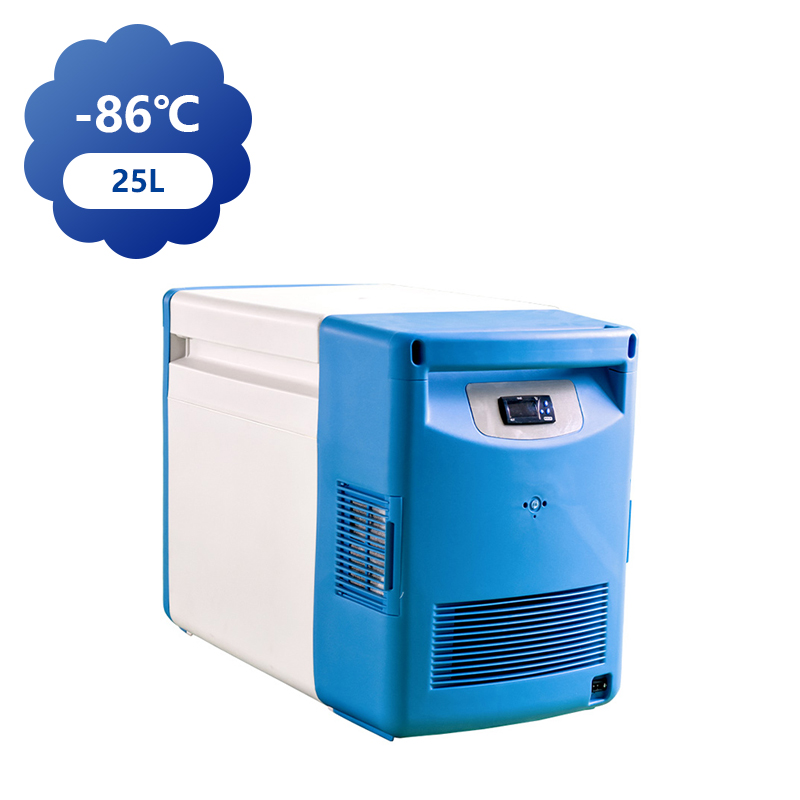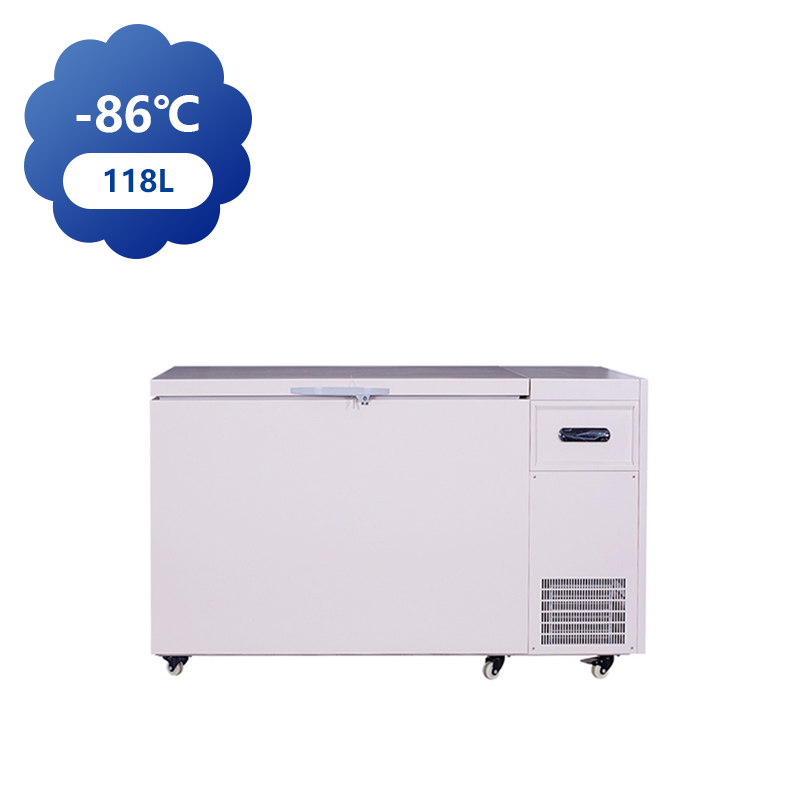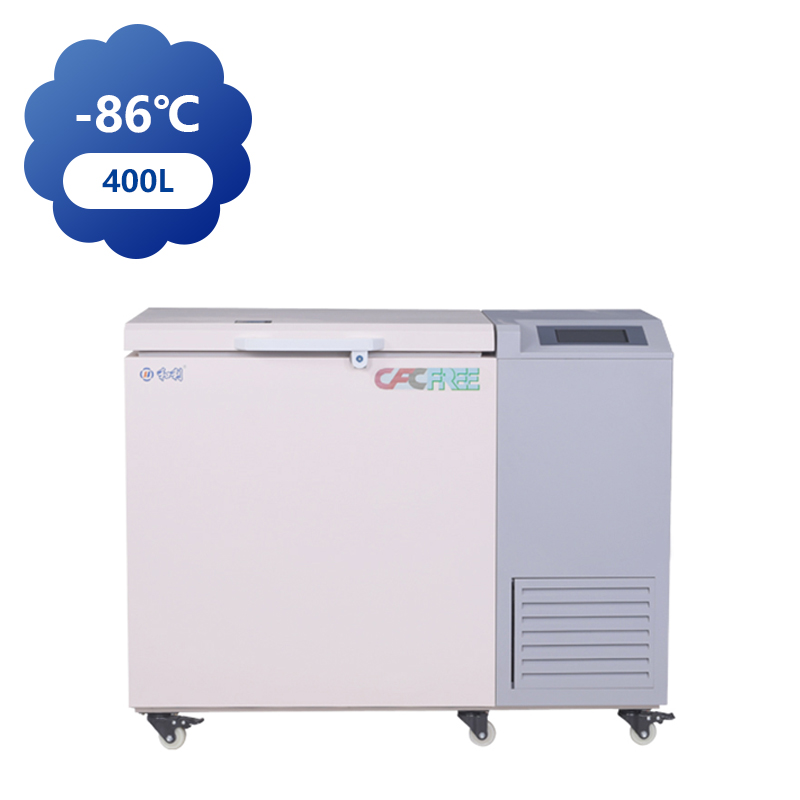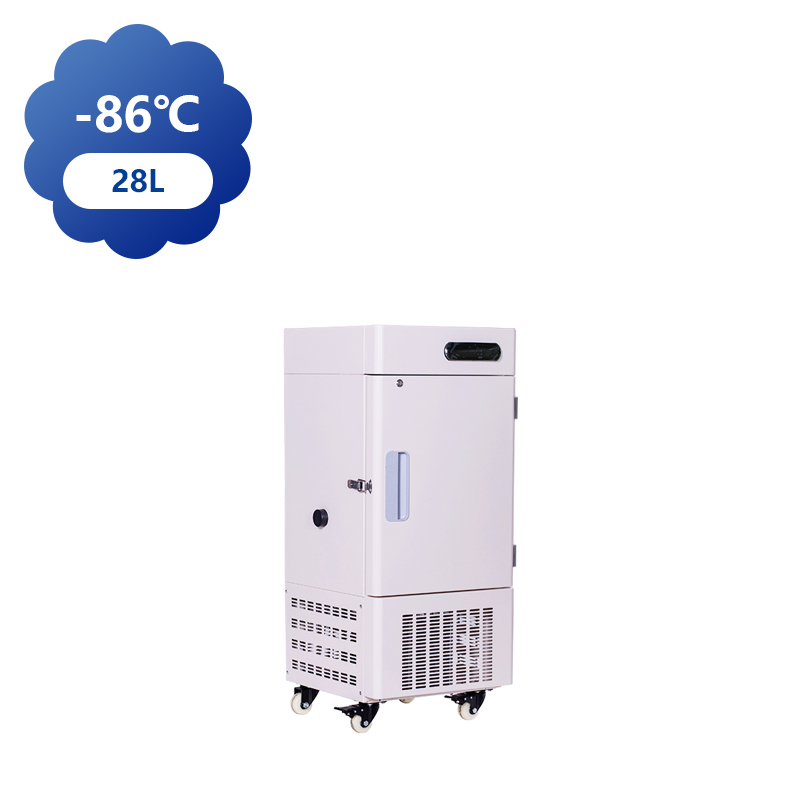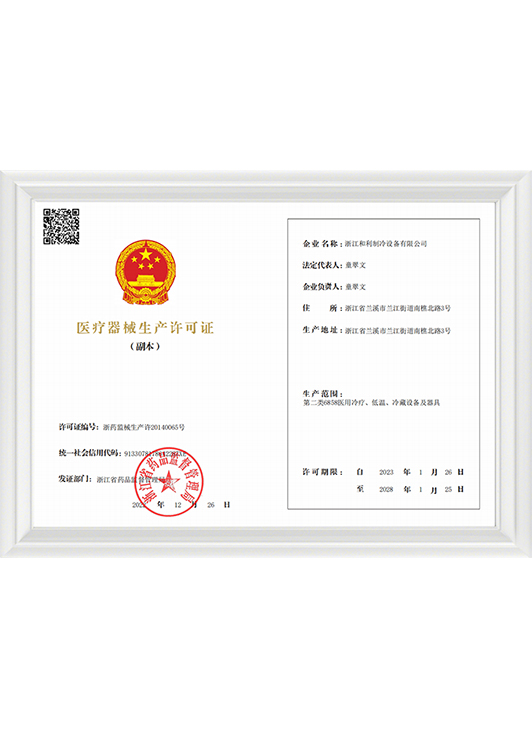You can contact to me using this form.
When choosing a portable freezing solution, users frequently compare ULT car freezers (mounted or integrated into vehicles) versus standalone ULT portable freezers (which can be carried and placed independently). Both types need to address issues such as power supply, insulation, temperature stability, vibration resistance, and durability during transit.
Why Portable Freezers Matter in Mobile Settings
The Demand for Deep-Cold Mobility
Many modern applications demand that samples, medicines, or food items maintain ultra-low temperatures while in transit. With an ULT Car Freezer, an operator can drive a vehicle and rely on integrated cooling to protect product integrity. Alternatively, a well-designed ULT Portable Freezer may be carried into remote locations and powered locally.
Portable freezers thus fill a gap: they bring lab-grade cooling beyond walls to roads, field sites, and remote operations. Whether you’re transporting vaccine doses, delicate reagents, or frozen food, the need for cold chain continuity doesn’t stop at the facility door.
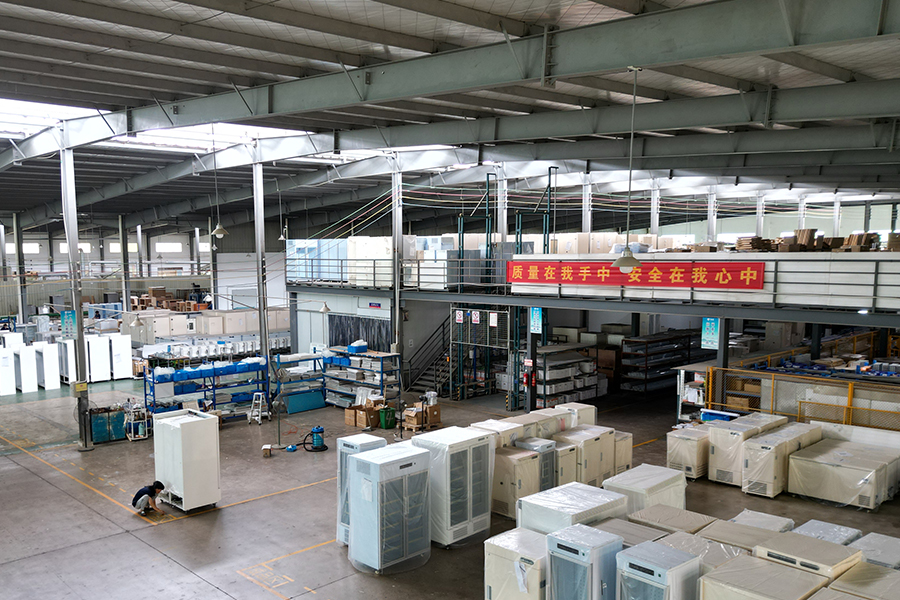
Common Questions from Users
From community discussions, FAQs, and technical blogs, several recurring user concerns emerge when considering portable freezing equipment:
What power sources are acceptable?
Can the portable freezer run on 12 V DC (vehicle battery), AC mains, or even solar systems? Many portable car refrigerators support both AC and DC input.
Users ask: Will running the freezer drain my car battery? How long can it last on internal battery backup?
How is insulation and temperature stability managed under vibration or road shock?
Because portable units face more movement than stationary lab units, the design must resist thermal shocks and maintain stable internal environments.
How to handle alarm systems and contingency plans?
What happens when there’s a power interruption or the door is left open? Users want to know about backup cooling systems or alert mechanisms.
How to maintain and troubleshoot portable units?
Common issues such as ice build-up, gasket wear, compressor faults, or power surge damage are often discussed. Blogs on ULT freezer maintenance discuss similar problems: high-temperature alarms, icing, leaks, etc.
Now that we see what users often ask, let’s dive deeper into how portable freezers address these challenges.
Use Cases & Deployment Scenarios
Mobile Clinics & Biomedical Transport
For medical supplies like vaccines, biologics, or blood, continuity of ultra-cold conditions is non-negotiable. A combination of an ULT Car Freezer moving along highways and ULT Portable Freezer units deployed at temporary field sites offers a full cold-chain solution.
Field Research & Environmental Sampling
Environmental science, wildlife biology, or remote geology missions often demand cold storage for samples. Researchers can drive with an integrated freezer, then carry a portable unit into field camps—maintaining deep freeze across multiple stages.
Specialty Food Delivery & Catering
High-end food service, gourmet delivery, or mobile kitchens may transport premium frozen ingredients. Using ULT-grade portable freezers ensures food quality, especially for delicate items like artisan seafood or molecular gastronomy components.
Emergency & Disaster Response
During relief operations, vaccines, biologicals, and medicines must remain ultra-cold even when infrastructure is down. Portable freezing units play a crucial role in these high-stakes environments.
These systems must thoughtfully address power, insulation, shock resistance, monitoring, and maintenance. When designed and deployed well, portable freezers can ensure the safe transport and storage of temperature-critical goods—whether in mobile clinics, research field sites, or specialty food delivery.



 中文简体
中文简体 English
English Français
Français عربى
عربى +86-15988502726(wechat)
+86-15988502726(wechat)